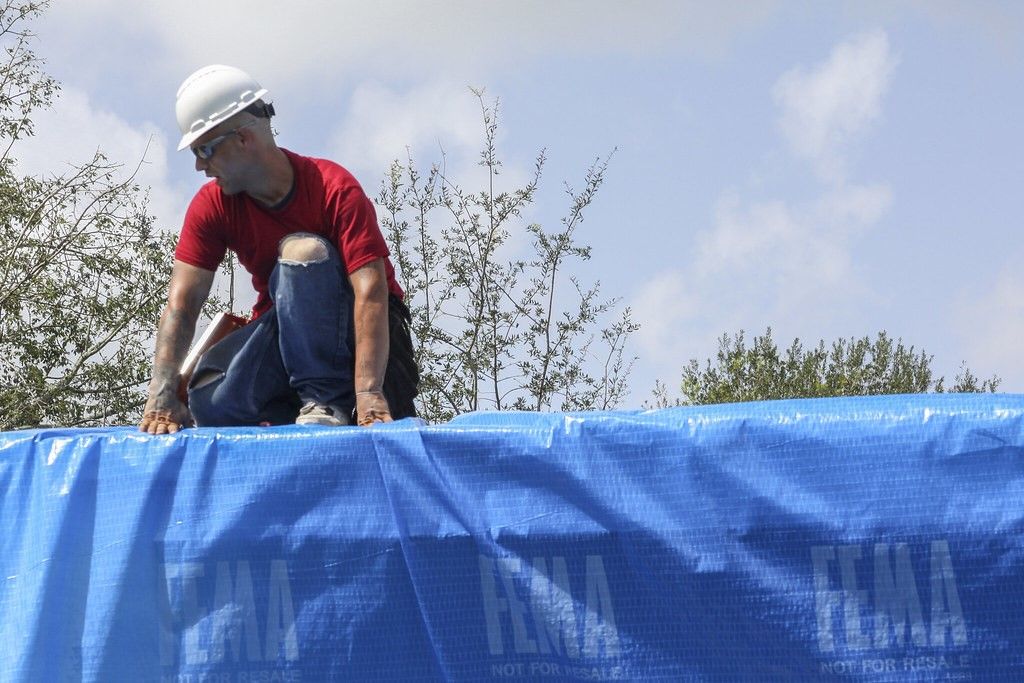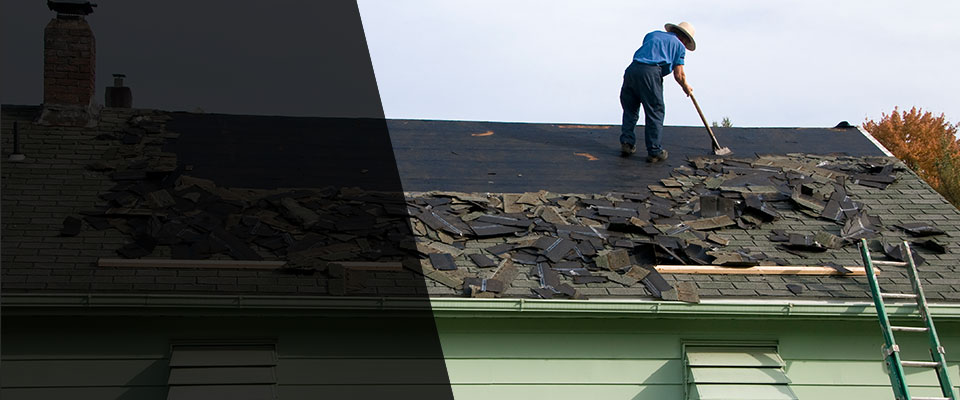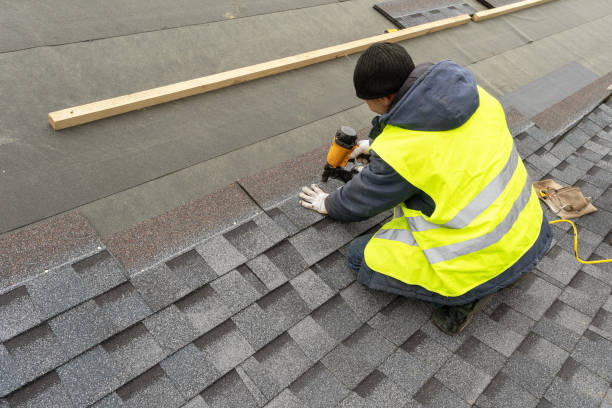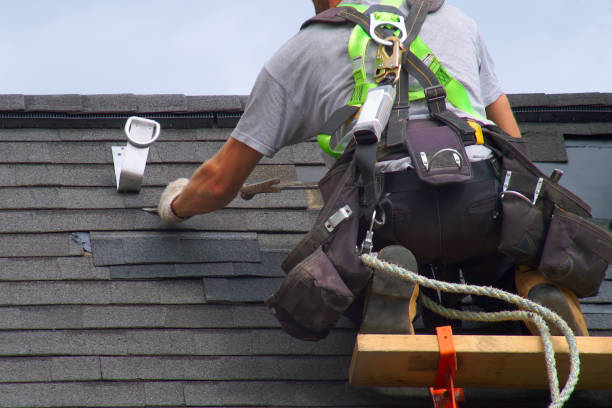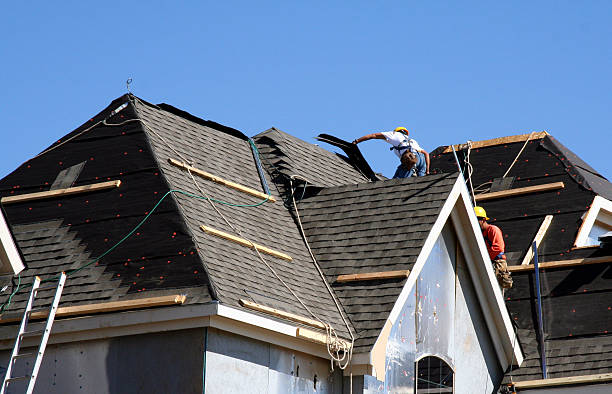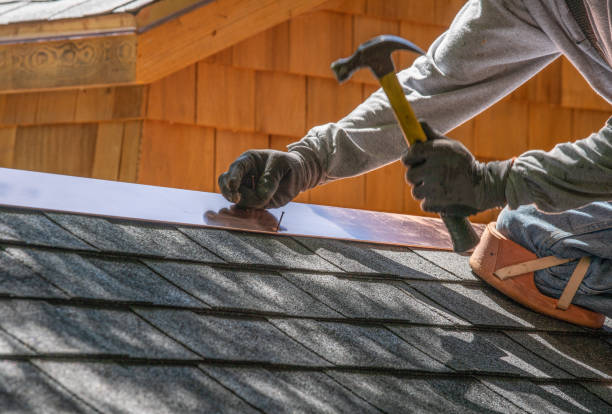Everyone desires and needs a safe and secure and comfortable place to live. Numerous house repairs might be achieved throughout a weekend. There are some Do it yourself repairs that ought to not be attempted. A broken, dripping roof is one of the most feared house repairs since finding and remedying a leak isn’t typically straightforward.
Discolored or drooping sheetrock, flaking paint, or an obvious drip are all signs of a roof leak. Nevertheless, even a small undiscovered leak can trigger damaged insulation, mildew advancement, and decomposed wood structure. A leak can likewise move and spread from the initial broken area to another part of your residential or commercial property.
Repair a Leaking Roof Newburgh, NY
Do Not Let Your Roofing Fixes Go Sky High!
Before you go to the expense of calling in a roofer, see if you can evaluate and repair your roofing system problem yourself. The best possible time to repair your roof problem - is as quickly as you recognize that you have one and if the weather is calm enough to climb up onto the roofing. fact, this might be additional qualified by saying that the best and most affordable method to a hassle-free roofing system, is to inspect the roofing system frequently, so that you see the problem establishing.
A leakage from one dislodged tile is small and economical matter, however if you do not check your roofing frequently, this will go unnoticed. By the time that you DO discover it, it may be since water is dripping into your spare room! This indicates that this entire location of the roof structure is soaked, the ceiling will require to be changed and hopefully the floor covering will recover.
Constantly check your roof after a wind storm, as a lot of roofing is not developed to hold up against intense winds. Scrutinize the tiles for cracks, divides and torn-off corners; also look for lifting. Lifting is a typical cause of roofing leakages, and can be quickly rectified. Understand numerous tiles lifting, as this could be an indication that the roofing product is too old and is contorting from all the weathering.
Climb into your attic/loft and guarantee that any insulation that you have in your roofing is not right up against the roofing itself. There has to be a gap for air to distribute; also when a roofing system warms up and there is insulation straight behind it, this heat is thrown back into the roofing and extreme heating like this can harm and warp the roofing.
Another weakness in all roofs is the flashing. Flashing is developed to supply a watertight junction in between roof materials and structure, especially if the roofing system jobs out or modifications design (similar to extension roofs). If you are installing a brand-new roofing system, it is beneficial to get the flashing 'inspected' as it is a common failure location.
branches and leaves can trigger a problem. Roofs must have adequate run, specifically in the areas which might have snow. Water caught in the seamless gutter will indicate that it will back up the roof for a few inches and have time to permeate into the edges of the roof tiles. Not all homes have appropriate boundary security on their roofing systems, although this is one great function to request for on a new roof.
Frequently homes sustain roof leaks all at the very same time (often after strong gales winds and torrential rain and so on). This can indicate that all professionals are hectic and you have 'stop up the leakage' up until you can get help.
If you do get a leakage, and you have put pails under the dripping water, understand that the leakage might remain in a completely various location than it would appear. Locating the source is hard, as water can run along horizontal timbers and seem dripping from a location that is sound. Getting up into the attic and actually looking for a damp spot on the roofing system decking will be a precise way to tell.
find the spot an emergency spot can be made applying roof felt and using plastic cement to hold it up until you can hire a professional. You can likewise attempt to fix it yourself, if it is simply a shingle that is damaged. You can carefully prize up the roofing shingle by eliminating the three or four nails that are holding it in place; next, apply a generous finish of tar beneath the tear in question, and also coat the underside of the shingle with a with a coat of tar before putting it back in place. Add a spot of tar to each nail head. Most roofing companies recommend versus the 'liquid' asphalt repair products.
Roofing systems can also be briefly repaired using roof membrane and sealants. Care needs to be taken to clean the roofing system surface first to ensure that the sealant will keep the leakage and stick safeguarded from rain etc.
Prior to you go to the expense of calling in a roof professional, see if you can analyze and fix your roofing system problem yourself. The finest possible time to fix your roofing system problem - is as quickly as you realize that you have one and if the weather condition is calm enough to climb up onto the roofing. Flashing is developed to offer a leak-proof junction in between roof materials and structure, particularly if the roofing system projects out or modifications style (as with extension roofs). Not all homes have sufficient boundary security on their roofing systems, although this is one excellent function to ask for on a new roofing.
Roofing systems can also be briefly repaired utilizing roofing membrane and sealants.
Roof Leak Repair near Newburgh, New York 12550
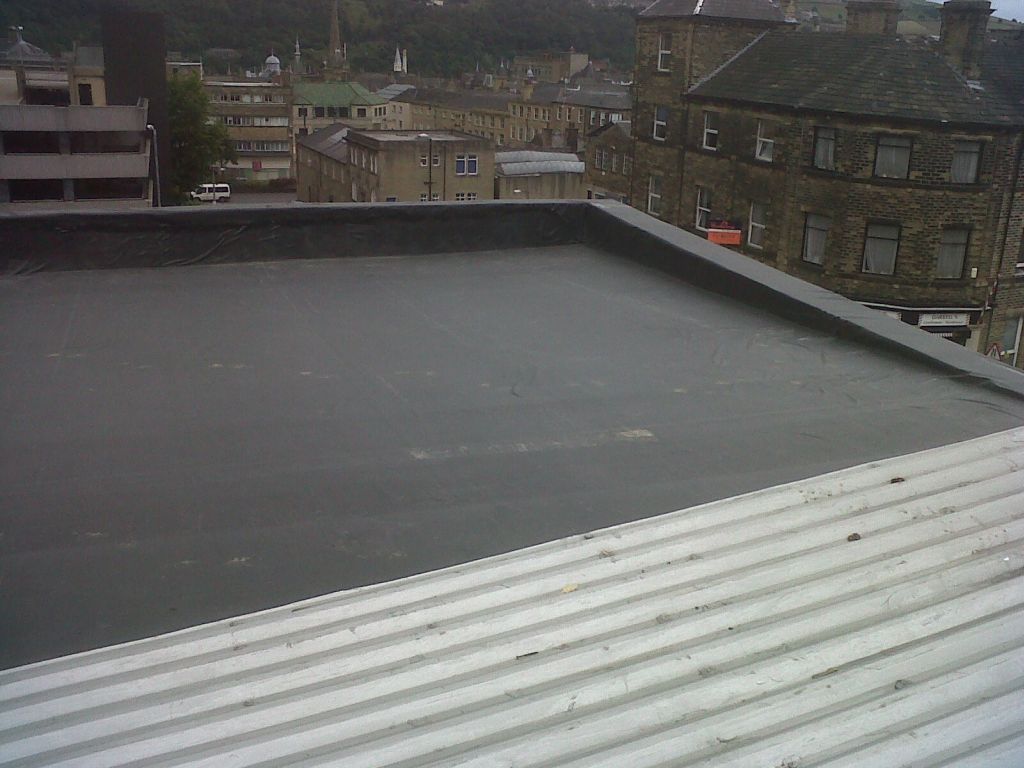
Call 888-347-0551 Now!
Our expert Roof Leak Repair Contractors in Orange County provide Expert Roofing Services. If you have any questions or concerns about our service area, please give us a call today. We are competitively priced in this city for Roof Leak Repairs because we are confident that you will be thrilled with how your roofing project will turn out. Again, call today to schedule a quote for your roofing needs.
Different Products Used For Roof And Identifying The Expense Of Each One
They could be made by a multitude of materials and their designs may differ. Given that time immemorial, male has actually found various ways with different products to develop their roofs, each with different attributes and advantages and drawbacks. As more products are found with each of their own high and low points, they can be really helpful in various types of location depending on the weather and location.
The expense of roofing referred herein this article is subjected to the breakdown of the roofing product per one hundred square feet. Remember, roof expenses might include up with the labor and other materials required for installation, this refers only to the roof products made use of.
Structure your dream home counts on a number of aspects; there is the location, the style, the constraints of the area, the spending plan and a huge selection of others. It is the very same thing with the roofing; you need to consider a variety of products to get the best roofing to fit your taste. Basically it is the total design and materials utilized in the structure in addition to the area and the local limitations. Here are a few of the more standard roofing products used and the roofing costs to think about per one hundred square feet.
If the licensed roofing professionals install them, many asphalt shingle producers supply guarantee to their items especially. Asphalt shingles might range from 30 to 35 dollars for each hundred square feet.
Another roof product that takes the type of shingles is those made from wood. The very first type, number one, is more advised for roofing due to the fact that they are more long lasting, the 2nd and third are better for sidings. Wood shingles roofing cost ranges from 80 to 170 dollars.
roofing product that uses wood from cedar is the wood shakes roof material. They are used to supply a natural look, they are either sawed or hand split. Its unique look has a side with an irregular distinct appearance from the others while the opposite has a natural thinner line for a tapered appearance. Wood shakes are categorized by their weight and their sizes. Roofing expenses for wood shake are from 70 to a hundred dollars for each one hundred square feet.
The most resilient roof product is made either from clay or concrete. Since of their weight, clay or concrete roofing products might need extra weight in the rafters adding more to the roof expenses which may run with the roofing products between 150 to 400 dollars per a hundred square feet area.
The cost of roofing referred herein this short article is subjected to the breakdown of the roof product per one hundred square feet. Remember, roof costs might include up with the labor and other products required for setup, this refers only to the roof materials utilized.
Here are some of the more basic roofing materials used and the roof costs to consider per one hundred square feet.
Another roofing material that makes use of wood from cedar is the wood shakes roofing product. Due to the fact that of their weight, clay or concrete roofing materials might require extra weight in the rafters including more to the roof expenses which may run with the roofing products in between 150 to 400 dollars per a hundred square feet location.
Tri State Roofers of Newburgh, NY 12550
Tel:888-347-0551
Roof Leak Repair Rating: 4.4 stars out of 98 Reviews
Main address: PO Box 824357 Newburgh, NY 12550
United States
Find an Roof Leak Repair specialist for buildings of all types from homes of all sizes to condo complexes, apartment buildings and offices in Newburgh, NY 12550
Trusted, dependable roof repair contractors on which homeowners can rely is also a priority. Our Roofing Contractors are dedicated to professionalism and excellent work. Please contact us right away if you need a roof repair contractor at 888-347-0551.
